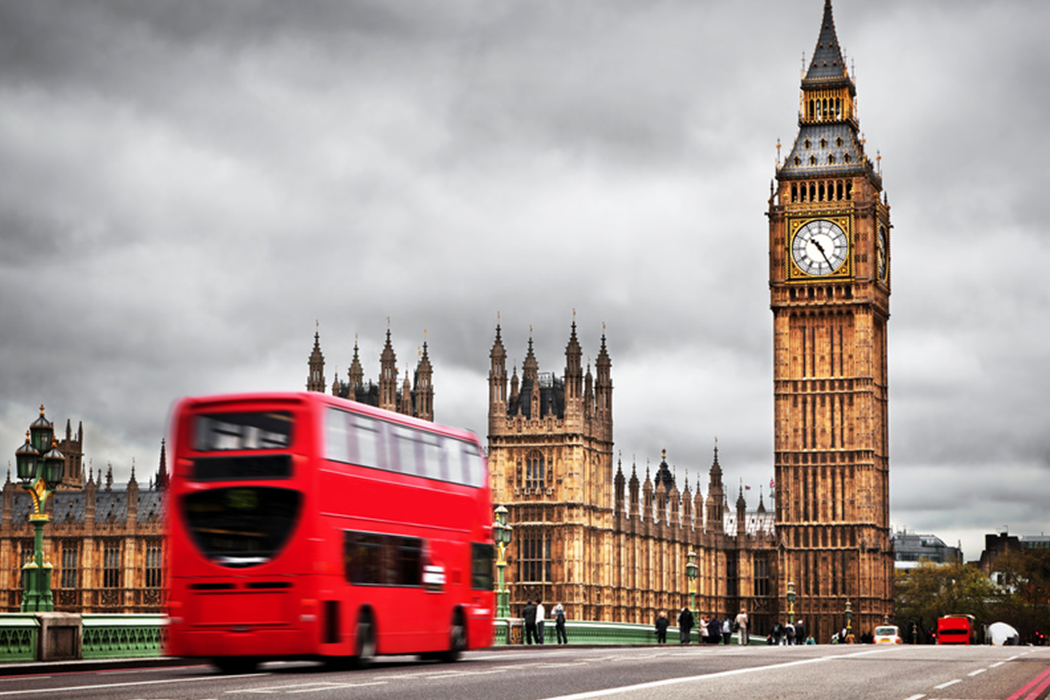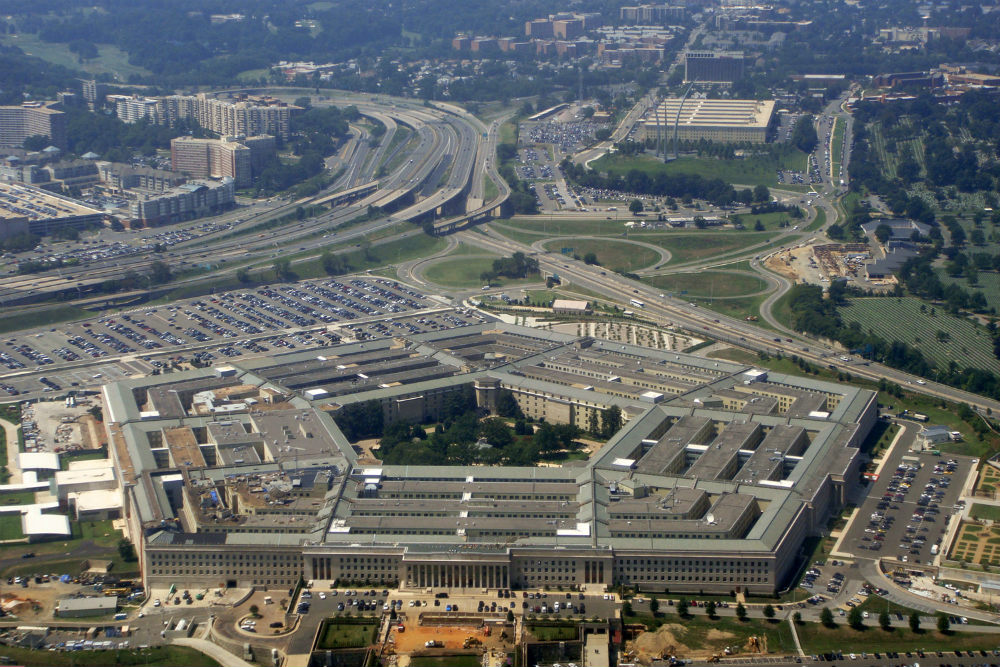
According to British utilities company Thames Water Utilities Ltd., a temporary use ban (TUB) covering the capital and the valley would take effect beginning Aug. 24. The water company cited "unprecedented weather conditions" as a reason for the ban announced on Aug. 17.
"The driest July since 1885, the hottest temperatures on record and the River Thames reaching its lowest level since 2005 have led to a drop in reservoir levels in the Thames Valley and London," said Thames Water. "Domestic customers should not use hosepipes for cleaning cars; watering gardens or allotments; filling paddling pools and swimming pools; and cleaning windows."
While the TUB did not apply to businesses, Thames Water called on them to "be mindful of the drought and to use water wisely."
"If we become aware of customers ignoring the restrictions, we'll contact them to make sure they're aware of the rules and how to use water responsibly and wisely. There are criminal offenses for those that repeatedly ignore requests to comply with the ban."
Thames Water CEO Sarah Bentley said: "Implementing a TUB for our customers has been a very difficult decision to make, and one which we have not taken lightly. After months of below average rainfall and the recent extreme temperatures in July and August, water resources in our region are depleted."
The U.K. saw record temperatures last month – in some instances reaching as high as 40 degrees Celsius (104 degrees Fahrenheit.) This prompted the U.K. Environment Agency to announce that some parts of the country are now in drought status.
Authorities reiterated that "in drought-affected areas, the public and businesses should be very mindful of the pressures on water resources and use water wisely."
Liquid gold: California also rationing water amid historic drought
Thames Water is not the only company that resorted to rationing water supplies amid historic dry conditions.
In the U.S., the Metropolitan Water District of Southern California (MWD) announced rationing measures in June following its declaration of a water shortage emergency in April. The measures affect its 19 million customers, particularly those living in Los Angeles, San Bernardino and Ventura counties.
Under the cutbacks, residents in the three counties can only water outdoor plants once a week. However, the rationing does not apply to trees in "ecologically important tree canopies" that are watered by hand.
"[We have] never before employed this type of restriction on outdoor water use. But we are facing unprecedented reductions in our Northern California supplies, and we have to respond with unprecedented measures," MWD General Manager Adel Hagekhalil said in a statement. "We're adapting to climate change in real-time."
"Using our precious water resources to irrigate thirsty grass that serves no function is wasteful, particularly during this severe drought. Our priority must be to preserve and stretch our limited supplies to ensure we have enough water to meet human health and safety needs." (Related: California water regulators cut off water supplies to select farmers and ranchers as WATER RATIONING accelerates.)
Hagekhalil's statement echoed calls by California Gov. Gavin Newsom for Californians to reduce their water consumption. "Every water agency across the state needs to take more aggressive actions" to save water, said the Golden State's leader.
California saw very little rainfall during the first three months of 2022. As a consequence, the state endured its driest first quarter ever – with one study calling the current drought the worst in 1,200 years.
WaterWars.news has more stories about water rationing in different parts of the globe.
Watch this video about seven California counties facing water supply shortages.
This video is from the ZGoldenReport channel on Brighteon.com.
More related stories:
Leaked documents foreshadow 50% CROP FAILURES across England due to extreme drought.
Europe struggles amid WORST DROUGHT in 500 years.
Sources include:
Please contact us for more information.


















